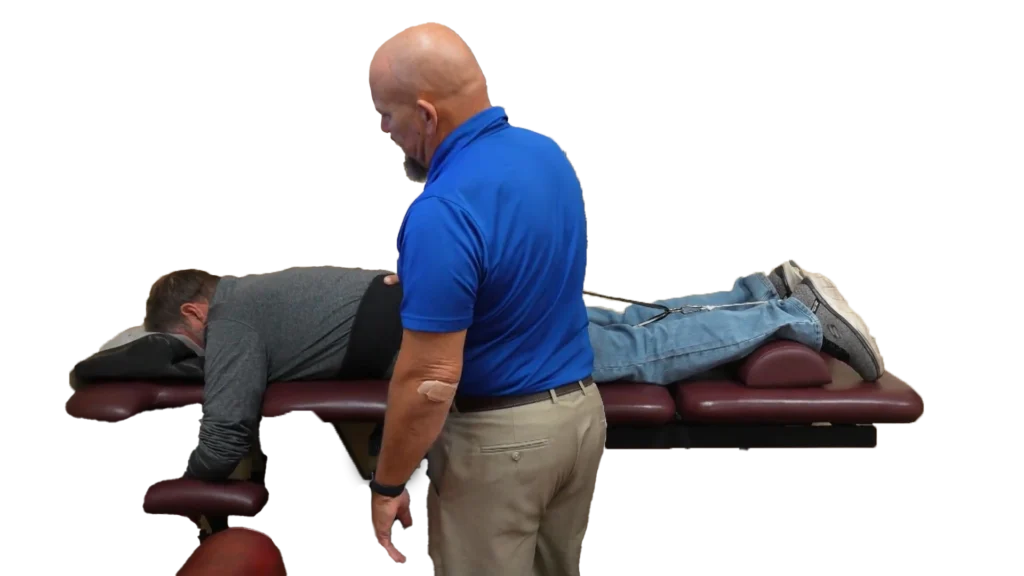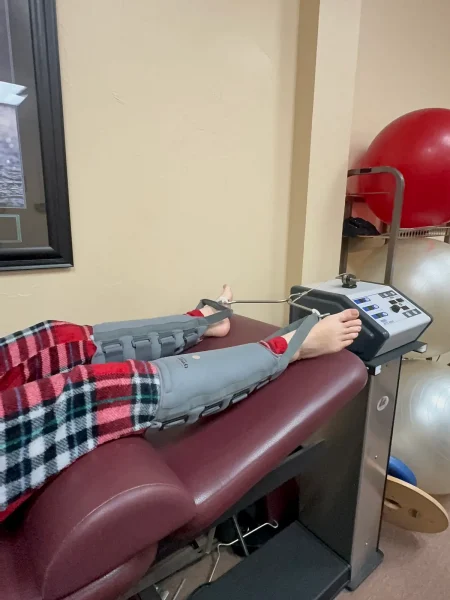Non-Surgical Spinal Decompression in Oklahoma City
If you’re struggling with chronic back pain, herniated discs, or sciatica, you don’t have to live in discomfort. At Family Tree Chiropractic, we offer non-surgical spinal decompression in Oklahoma City — a safe, gentle, and highly effective therapy designed to relieve pressure on the spine and restore proper disc function.

Relief from Herniated Discs and Sciatica
Spinal decompression therapy helps create space between the vertebrae, reducing pressure on compressed nerves and discs. This gentle traction process allows oxygen, nutrients, and fluids to flow back into the discs, promoting natural healing and reducing pain.
Patients who suffer from herniated or bulging discs, sciatica, or chronic lower back pain often find significant relief after a series of decompression sessions.
- Reduced nerve pressure and inflammation
- Less radiating pain down the legs or arms
- Improved spinal mobility and posture
- Faster recovery without the need for surgery
How Spinal Decompression Therapy Works
Our Oklahoma City spinal decompression therapy uses advanced, computer-controlled equipment to gently stretch the spine in a precise, controlled manner.
Here’s what you can expect during your session:
You’ll lie comfortably on the decompression table.
The system applies a gentle, rhythmic traction to your spine.
This controlled stretching reduces disc pressure and enhances nutrient exchange.
The process helps rehydrate spinal discs and relieve pain naturally.
Each session typically lasts 15 minutes, and most patients describe it as relaxing and comfortable.

Conditions Treated with Decompression
Spinal decompression is ideal for patients seeking non-surgical relief from a variety of spinal conditions. We also help with knee and hip decompression.
- Knee and hip pain
- Herniated or bulging discs
- Degenerative disc disease
- Sciatica and nerve compression
- Chronic neck or lower back pain
- Spinal stenosis
- Facet joint dysfunction
Dr. Micah Carter will carefully evaluate your condition to determine if decompression therapy is the best treatment option for you.
Schedule Your Decompression Consultation
Take the first step toward a pain-free life—schedule your decompression consultation today!
- 405-340-4400
- Visit our office at: Family Tree Chiropractic
- 12325 N May Ave #111A Oklahoma City, OK 73120
